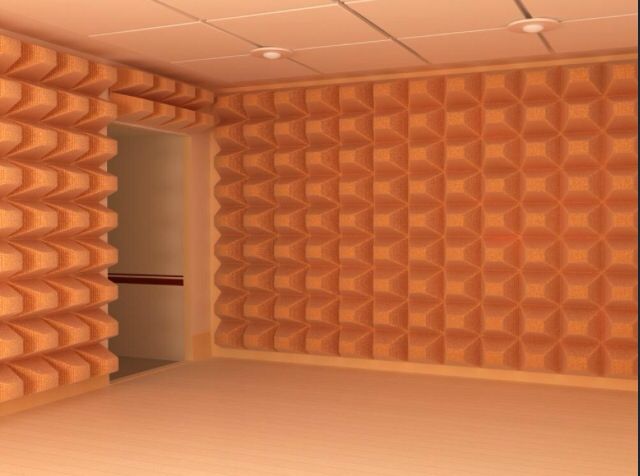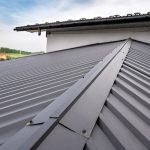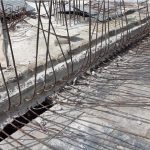Unwelcome sound transmission in a building is typically perceived as a noise problem by the occupants. With more and more people living closer together, soundproof construction techniques are increasingly utilized in reducing noise and providing quieter working and living environments.
As human population density continually increases, the desire for peaceful, noise free living and working environments increases commensurately. Noise in this instance is defined as a collection of one or more unwelcome sounds as perceived by the hearer. Humans generally have little capacity for blocking their sense of hearing, unlike vision which can be “turned off’ simply by closing eyelids. So any unwelcome sound that reaches the ear is usually considered undesirable and given the label of “noise”. Even the pure tones of a musical scale can be perceived as noise if heard by unappreciative ears, and drives the quest for knowledge on how to soundproof a room for example. Reducing noise, then, is an exercise in eliminating sound transmission through walls, floors, and ceilings and is the goal of sound proof construction and design.
There are three broad design categories for sound transmission control:
○ Increase sealed dead space. As sound travels, acoustic energy is dissipated and the intensity or “volume” decreases as the result. This is why we usually cannot hear someone speaking who is standing far away. However, over short distances it is also important to eliminate sound transmission through the air which can be achieved by eliminating open penetrations through walls, floors, and ceilings. This is especially effective to soundproof existing rooms.
○ Increase mass. Sound is generated by vibrating objects generating pressure waves in the air. Sound can also cause objects to vibrate and regenerate these pressure waves at a different location on the object, but will lose acoustic energy in the process. The more massive an object is, the more energy is required to vibrate, and less energy is available to regenerate a sound.
○ Decrease vibratory response. Objects that do not readily vibrate in response to audible sound will not transmit that sound. This is why a pillow will muffle, or dampen, sounds instead of regenerating them. Some soundproof window treatments rely on this method.
Applying Sound Proof Design to Construction Practice
There are several ways to sound proof a structure. The question of how to soundproof a room can be addressed with some surprisingly simple construction techniques, starting with building a sound proof wall for example. Commonly used dry wall, or sheet rock, is actually an effective material for sound proofing due to its high mass. However, for maximum effect changes to the mounting system should be employed. A dampening material, such as a bead of silicone caulk, should be used between the sheet rock panel and framing. If allowed by code, cutting the sill plate to create an air gap in the middle of the sill effectively stops it from transmitting sound. Alternating studs on either side of the split sill plate stops sound transmission through the studs from one side of the wall to the other. Otherwise, an additional layer of sheetrock spaced with acoustic caulk or foam will also create an acoustically dead air gap. Acoustic drywall, which incorporates a dampening material layer in the sheet rock itself, can also be used. Other high mass building materials, such as concrete, stucco, logs, mass loaded vinyl, etc. can also be utilized in cost effective sound proof methods especially on exterior walls.
Commonly overlooked sources of sound transmitters in a building are windows, pipes, electrical conduits, and wall penetrations for utilities. Of these, windows are probably the biggest culprit in unwanted sound transmission. Even new, dual pane, low-E windows are not very effective sound barriers because the frames transmit most of the sound.
For new and upgraded construction an acoustically rated window system should be used. For existing construction the most effective technique is to add another window, creating a sealed air gap between window frames. Soundproof window treatments such as drapes and curtains can also be incorporated with good effect. Insulating and sealing gaps at window and door frames, wall penetrations, electrical boxes, and plumbing runs will reduce sound transmission dramatically from these open air channels.
Properly selected thermal insulation can also be a good material for noise reduction. While fiberglass bats tend to perform poorly as acoustic barriers, blown in insulation and some types of expanding foam are excellent noise barriers due to their dampening “pillow effect.” These materials also serve to seal open air sound channels such as cracks and holes typically found around plumbing and electrical penetrations.


